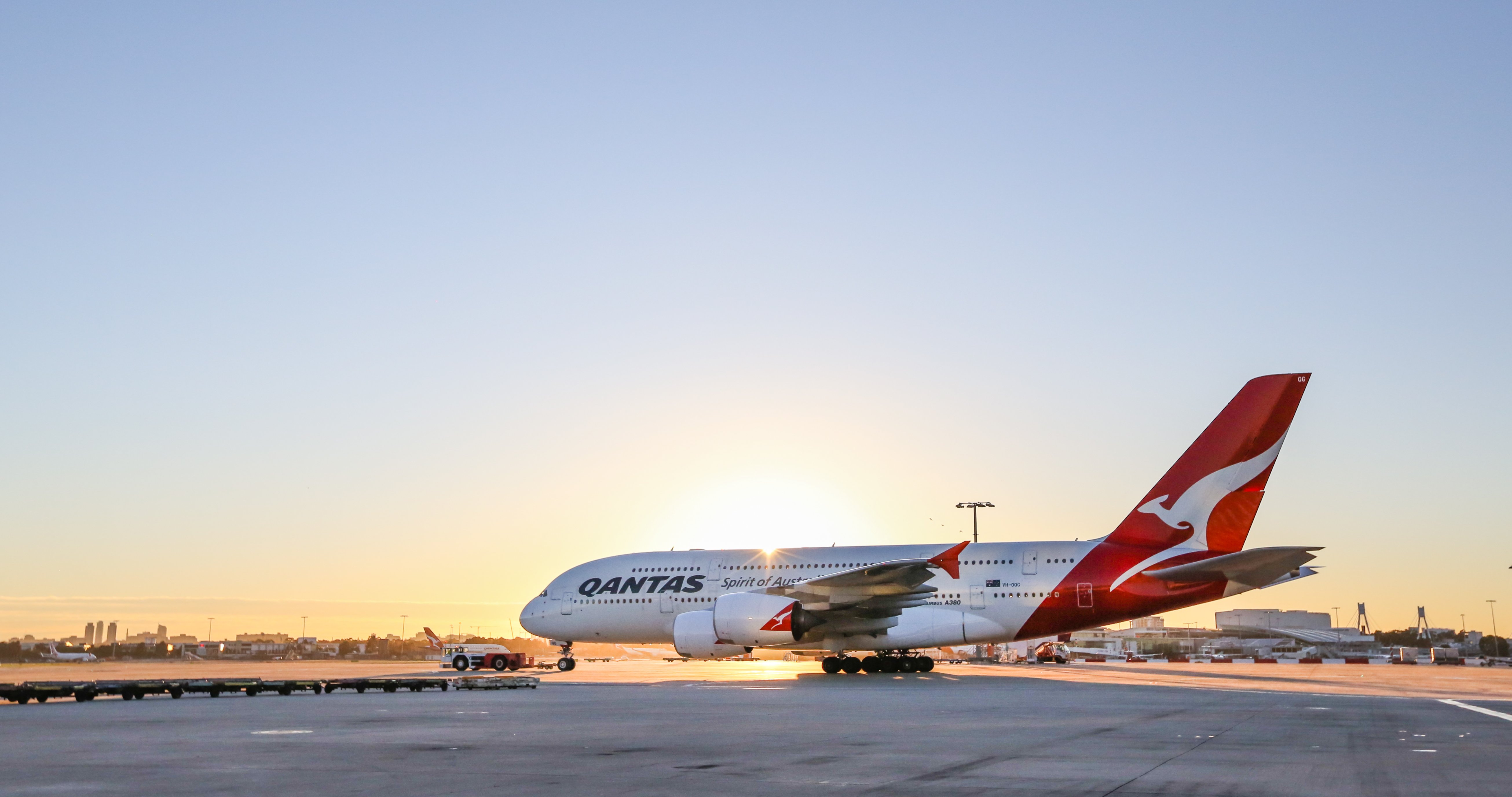A gradual resumption is being planned around the Australian Cabinet’s phased reopening of international borders by December
Qantas Group has revealed more details on its preparations to restart international flights by the end of the year.
The plan comes as Australia maintains its course to pass the National Cabinet’s ‘Phase C’ vaccination threshold of 80% in December. This would trigger the gradual reopening of international borders and signal Qantas to begin flying to some low-risk countries with their own high rates of vaccination such as the US, Canada, UK, Japan and Singapore.

Flights to destinations that still have low vaccination rates and high levels of COVID infection will be pushed back to April 2022, affecting countries such as Bali, Thailand, South Africa and Indonesia.
The Government’s ‘Phase C’ reopening plan will involve measures such as highly targeted lockdowns, no caps on returning vaccinated Australians and a gradual reopening of inward and outward international travel with safe countries including proportionate quarantine and reduced requirements for fully vaccinated inbound travellers.
The airline’s restart will see the return of its fleet of Boeing 787’s, Airbus A330’s and Boeing 737’s, for those routes to highly vaccinated countries, as well as its Airbus A320’s for services to Fiji.
The Airbus A380 will also make a comeback, with five examples returning by November 2022 to service the Sydney-Los Angeles and Sydney-London via Singapore routes. A further five of the superjumbo’s will be brought back to service by early 2024 while two aircraft will be retired.
The airline’s low-cost subsidiary Jetstar will also take delivery of its first three Airbus A321LRs in early FY23 to free up some of its 787’s for other markets.
Qantas believes its nonstop services from the country to London will be in higher demand post-COVID and the airline is investigating using Darwin as a transit point as an alternative or in addition to using the existing Perth hub due to conservative border policies in Western Australia.
The flag carrier is also in talks with Airbus around extending the range of its A330-200 aircraft, involving some technical changes, in order to operate some trans-Pacific routes such as Brisbane to Los Angeles and Brisbane-San Francisco.
Flights between Australia and New Zealand will be on sale for travel from mid-December, with the airline assuming some or all parts of the two-way travel bubble will restart by that point.
Alan Joyce, Qantas Group CEO, said: “The prospect of flying overseas might feel a long way off, especially with New South Wales and Victoria in lockdown, but the current pace of the vaccine rollout means we should have a lot more freedom in a few months’ time. With Australia on track to meet the 80% trigger agreed by National Cabinet by the end of the year, we need to plan ahead for what is a complex restart process, including training for our people and carefully bringing aircraft back into service. We can adjust our plans if the circumstances change, which we’ve already had to do several times during this pandemic.”
The announcements came as the Australian carrier posted a pre-tax loss of $1.83bn for the financial year 2020/21 with the airline hoping to begin international flying as soon as possible in order to begin reducing its losses.

